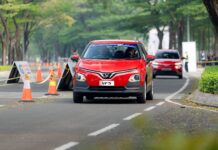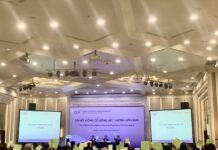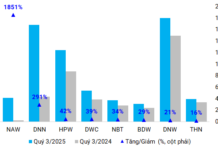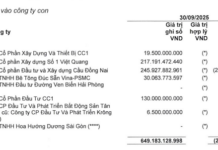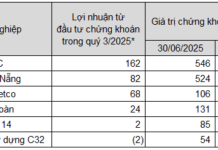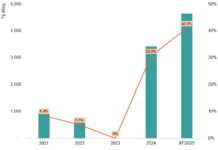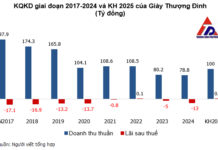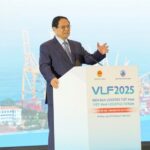On the morning of April 22, at the 32nd session, the Standing Committee of the National Assembly gave their opinions on the draft Law on Urban and Rural Planning.
Giving his opinion, National Assembly Chairman Vuong Dinh Hue highly appreciated the preparation and the great effort put into the draft law; the preliminary examination report mentioned many issues that would create a basis for further perfecting the draft.
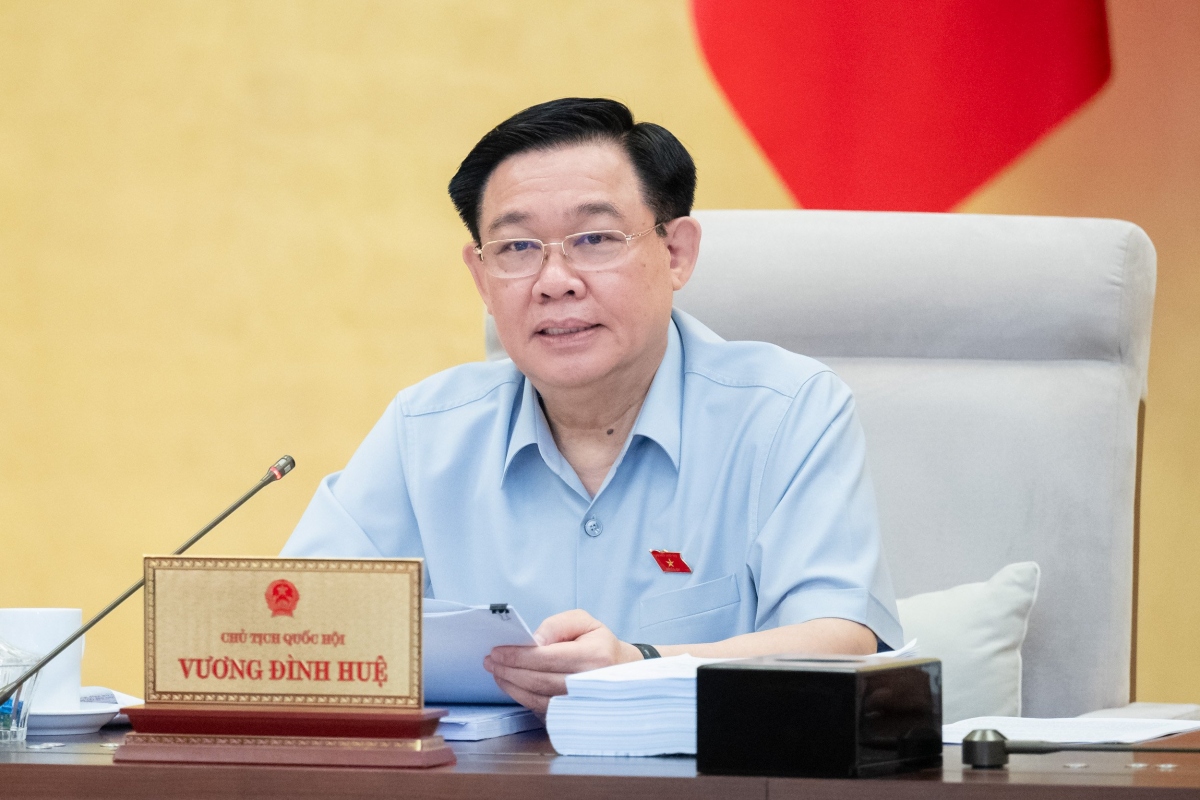
National Assembly Chairman Vuong Dinh Hue gives his opinion on the draft Law on Urban and Rural Planning
Mr. Vuong Dinh Hue expressed his agreement with the approach of this draft law when it inherited the 2009 Law on Urban Planning and the part on rural planning in the 2014 Law on Construction, and specified some contents of the Law on Planning.
It also supplements some new issues to meet the requirements of urban and rural development in the coming time; removes difficulties and shortcomings in the implementation of the laws; and ensures the synchronicity and uniformity of laws on planning.
The Chairman of the National Assembly suggested continuing to review and concretize some of the viewpoints and principles stated in the Party’s documents.
The first is the relationship between urbanization and new-style rural construction. “I have said that, in reality, some district-level units have not yet completed the new rural program, while when planning to become a district, it is easier than when they have completed the advanced, exemplary new rural program, because it relates to the criteria. Therefore, if districts or counties are capable of becoming a district or a city, the principles and criteria for planning orientation should be reviewed, and the law should have a few points as principles for implementation in the future,” noted Mr. Vuong Dinh Hue.
The second is the relationship between urbanization and urban economic development. According to him, if we only talk about urbanization without talking about urban economy, it would be very difficult for sustainable urban management and development. Therefore, it is necessary to clearly define which part belongs to this law and which part belongs to the draft Law on Urban Development Management (which is being studied and drafted), and it is necessary to review and clarify this further.
Another very important issue, according to the Chairman of the National Assembly, is that planning must adapt to climate change, so it should be reviewed and studied.
The Chairman of the National Assembly also noted the criteria and standards for urban planning related to population density and infrastructure, in order to calculate the balance between urban development in breadth and compact urban development according to the TOD model (which has a high settlement density, a small area, and therefore develops mainly in height and in the space above – PV).
Regarding the height of buildings, he said that this had been debated many times without a clear conclusion. “When working with the Ministry of Construction, I learned that it was due to issues of flight safety, not that it was forbidden to build high-rise buildings in the inner city. The problem is how to deal with the relationship between infrastructure and the height of buildings. In practice, the Ministry of Construction does not regulate this height, so it is difficult for cities to renovate old apartments,” said Mr. Vuong Dinh Hue.
Or about the scope of planning, for example, Hoan Kiem district with a planning area of only 5km2, so according to the population criteria, many people must be “withdrawn”, but after that, the mindset changed, and all four old inner-city districts (Hoan Kiem, Ba Dinh, Dong Da, Hai Ba Trung) were taken as a whole for planning in order to balance, and only then could the problem of population and infrastructure be solved.
“So, should the standard, the criteria for population density, and the height of buildings be left to the planning consultant to propose on the basis of the overall plan, rather than being rigidly defined? Hong Kong (China) and Singapore are full of skyscrapers,” said Mr. Vuong Dinh Hue.
Another problem in practice, which, according to the Chairman of the National Assembly, if included in the adjustment of this law, would solve many things is the field survey for the implementation of planning.
“The principle of planning is to conduct field surveys, but sometimes it is not possible to do them thoroughly. There are areas where people have lived for a long time, but when the survey is not carried out carefully, when planning is done, these areas are “painted” as “green areas”, but now no one is prepared to correct them. Planning like that is not consistent with reality. Should we consider adjusting the plan in such cases so that it corresponds to the actual situation?” said Mr. Vuong Dinh Hue.
In addition, the Chairman of the National Assembly suggested that the drafting board continue to review the plan to ensure uniformity and consistency in the legal system because this law is related to many other laws; unify some terms; and study the transitional provisions more carefully.
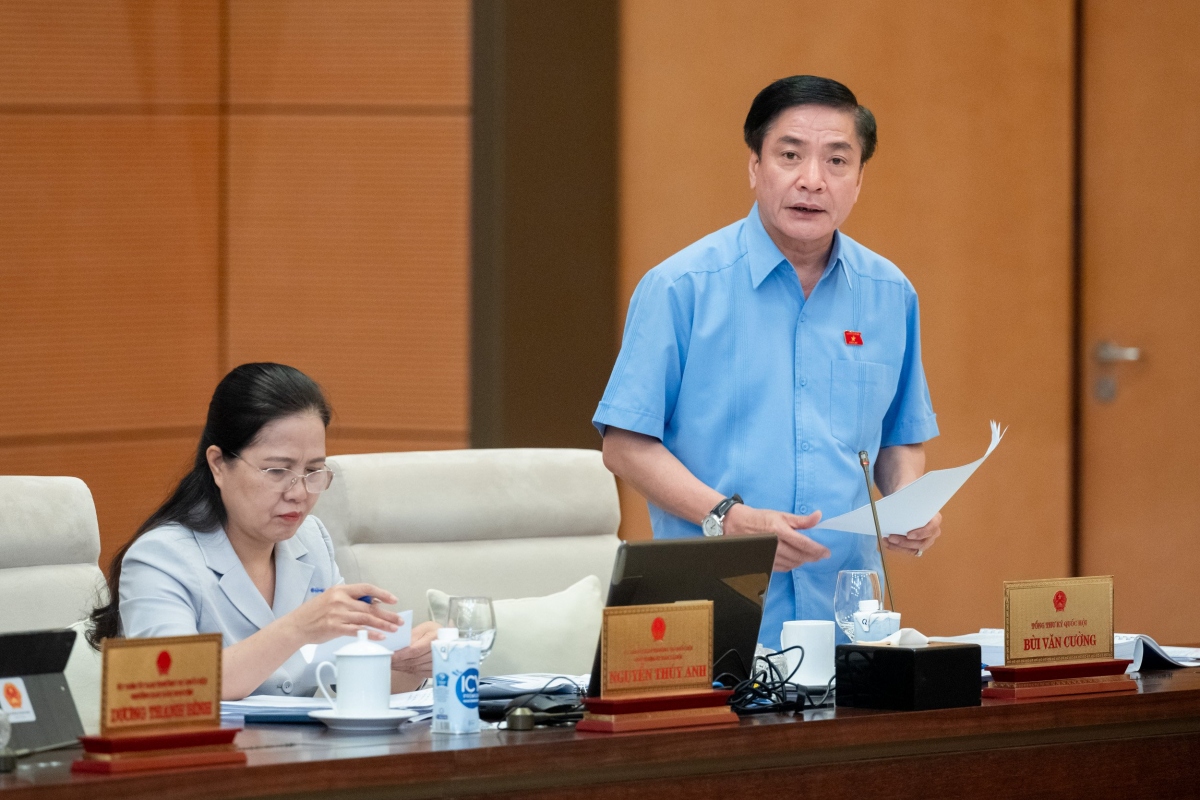
General Secretary of the National Assembly Bui Van Cuong





